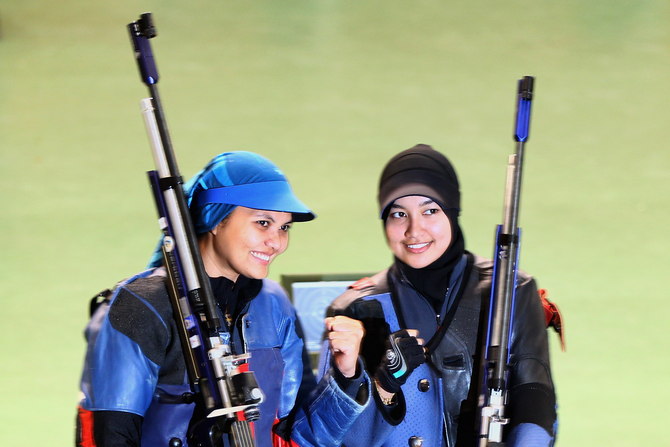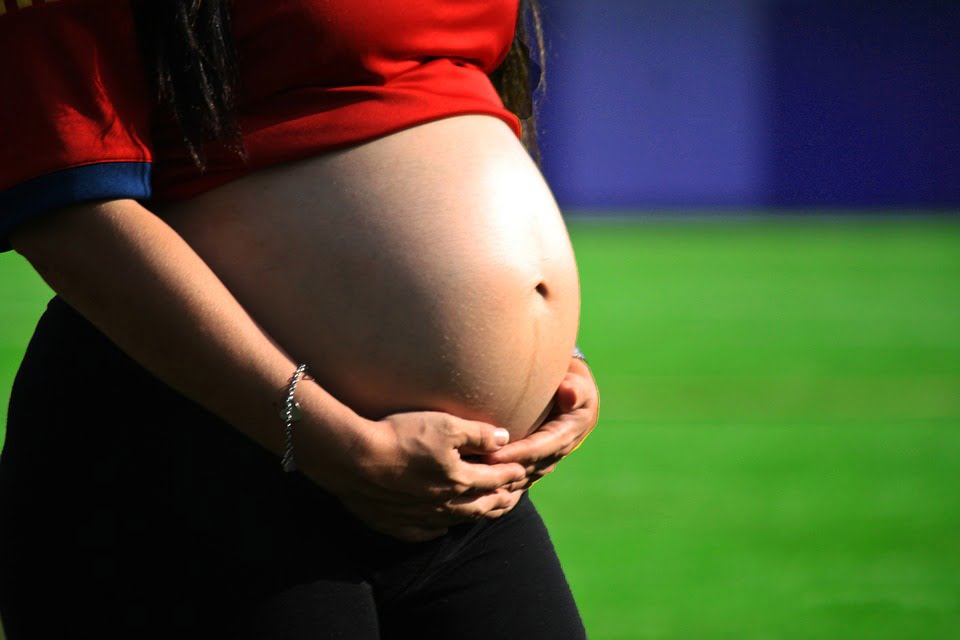There is a story that in order to improve performance and circumvent anti-doping restrictions at competitions, athletes from the USSR, East Germany and some other countries deliberately became pregnant before performing. We decided to check whether this information has a scientific basis and whether such cases actually occurred.
This practice has been written about "Moskovsky Komsomolets", "Championship.com", Sports.Ru, Eurosport And "Facts.ua". Some media attributed the victories of gymnast Larisa Latynina, skiers Larisa Kurkina and Yulia Chepalova to pregnancy. And on November 21, 1994, the German television company RTL released broadcast with alleged confessions of using this method to obtain a medal from gymnast Olga Karaseva.
Various stimulants to improve athletic performance used since the times of Ancient Greece. Then these were plant and animal preparations: sesame grains, fly agarics and lamb testicles. One of the most unusual dopings was used by the ancient Egyptians - before competitions, athletes took the crushed hind hoof of an Abyssinian donkey, boiled in oil and mixed with rose petals. At the end of the 19th - beginning of the 20th century, popular stimulants become cocaine, strychnine and heroin. The era of synthetic doping begins at the Olympic Games in 1936, when the German team took 89 medals a year after the invention of synthetic testosterone.
At first, anti-doping policy in sports was advisory in nature, but a series of deaths of athletes (including Knut Jenssen, who fell dead during a race, and an overwhelming dose of amphetamine was found in his blood) led to the fact that in 1967 the International Olympic Committee enters mandatory testing before competitions.
Currently, the WADA anti-doping list includes five categories of prohibited substances and three illegal groups of manipulations. Human chorionic gonadotropin (hCG), a hormone produced by the outer membrane of the embryo, falls into the second category. During pregnancy, it is responsible for the development of the fetus and placenta, and also helps the woman’s body better cope with stress and physical activity. hCG directly prohibited only for men, like the similar luteinizing hormone, but there is no mention of women in the list. WADA does not consider the appearance of these indicators in tests during pregnancy among athletes as doping and, therefore, cannot be considered a reason for disqualification, otherwise it would violate the personal rights of athletes, discriminate and limit the right to private life. It is believed that this legislative loophole was actively used by athletes from the countries of the socialist bloc.
Throughout the history of the Olympics accepted participation of 11 pregnant athletes, including late pregnant women. For example, Canadian curler Christy Moore performed member of the national team in the fifth month of pregnancy, and Nur Saryani Mohamed Taibi, who represented Malaysia in shooting in 2012, was in the eighth month. And although Moore shared the gold with the rest of the team, her contribution to the game was not significant. And Taibi didn’t take a prize at all.

This is not surprising, since the 11th–12th week, that is, the very end of the first trimester, is considered the most “productive” period for sports achievements. Candidate of Medical Sciences, gynecologist-endocrinologist Nona Hovsepyan explains: “HCG is a hormone that ensures the normal course of pregnancy. In addition to its main function, it helps to increase the secretion of female and male steroid hormones. At short stages of pregnancy, maximum synthesis of hCG occurs and at the same time testosterone levels increase. This hormonal state can be compared to taking anabolic steroids, which athletes use as doping. The maximum level of hCG synthesized during early stages of pregnancy can serve as doping in pregnant athletes.” In addition to hCG, testosterone production increases during pregnancy, which can also have a positive effect on competition performance.
However, pregnancy at this stage can have the opposite effect. Such a story happened with Olympic shooting champion Marina Logvinenko - due to severe toxicosis, the athlete could barely hold a rifle and was only able to win bronze. Moreover, her pregnancy ended the birth of a daughter, so it’s hardly possible to attribute her “position” to the pursuit of results.

Pregnancies planned for competition and then terminated are usually called “contractual” or “forced.” Neither the anti-doping agency nor fact checkers will be able to unambiguously determine whether an athlete’s pregnancy was desired or “forced.” One can only analyze which of the medalists became mothers after the games and who did not (it should be borne in mind that on average up to 20% of pregnancies are running out spontaneous miscarriage).
Daughter of Larisa Latynina was born in December 1958, while the gymnast herself won five gold medals at the World Artistic Gymnastics Championships in July. It turns out that she performed at the end of the first or beginning of the second trimester. Skier Larisa Kurkina after receiving gold in Turin appealed to the hospital complaining of feeling unwell. There, the doctors told her that she was not alone in collecting the award. A little less than six months later, Larisa gave birth to a daughter, Dasha. Yulia Chepalova in 2009 was suspended for two years for doping. At the same time, she has four children - the eldest daughter Olesya was was born in January 2003, and the athlete received her last “gold” in February 2002 at the Olympic Games in Salt Lake City. The second child was also born a year after the medal. Thus, Latynina and Kurkina really performed at their most productive periods, and Chepalova with the same probability could or could not be pregnant during the Olympics.
As for Olga Karaseva, the information that she resorted to “arranged” pregnancies, appeared in the press in 1994, when the German broadcaster RTL published an alleged telephone conversation with the athlete. Moreover, on that broadcast, the speaker introduced herself as Olga Kovalenko, Honored Master of Sports in artistic gymnastics, champion of the 1968 Olympic Games in Mexico City, 1971 world champion, multiple champion of Europe and the USSR. Karaseva actually bore the surname Kovalenko at one time - by her husband, but at the time of her release she had already changed it back. Moreover, at the time of recording the broadcast, Karaseva was on a cruise in the Mediterranean Sea with other Olympians. It was on that broadcast that the scandalous confession was made: “We were forced to get pregnant by our coaches, and in the ninth or tenth week, on the eve of major competitions, we had to have an abortion. The fact is that it is precisely during these periods that a woman’s hormone levels in the body increase sharply. This stimulates physical strength and allows you to achieve high results. That's how we won." Immediately after the interview was released, the gymnast was going to sue the television company, but at some point she considered this unnecessary. Three years later, the AIDS-Info newspaper published an article by Irina Hovhannisyan, “In bed with a coach.” Then the gymnast could not stand it and nevertheless filed a lawsuit against the publication for the protection of honor and dignity. The court sided with her and ordered the publication to publish a refutation and pay compensation.

In 2015, an interview with an anonymous gymnast published Eurosport website. The interlocutor claimed that this practice is still widespread, but did not provide any evidence for his words.
No confessions from athletes that their pregnancies were of a contractual nature were published. Thus, although this story seems logical from a medical point of view, there is no evidence that any of the medalists “tailored” their pregnancy to the championship and then terminated it. At the same time, some winners actually took prizes while in position.

This is not accurate
Read on the topic:
If you find a spelling or grammatical error, please let us know by highlighting the error text and clicking Ctrl+Enter.






